Fairlady Z NISMO (RZ34) — One Month In: Impressions and Differences Compared to Porsche
公開日:2025.03.20
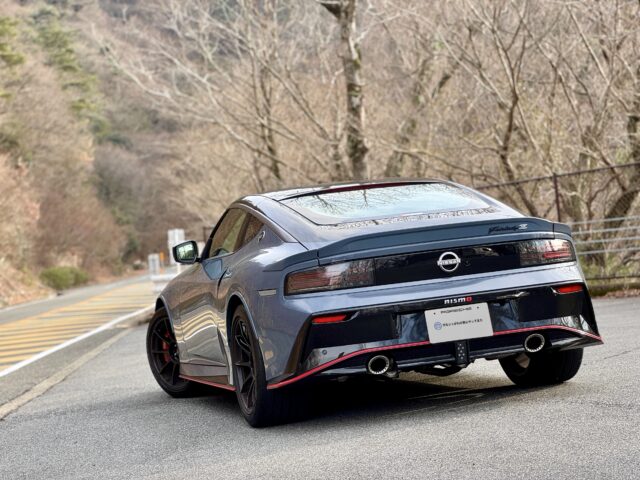
コンテンツ
It’s been a month since I took delivery of the Fairlady Z, and I’d like to share my impressions after giving it a proper run for the first time in a while.
To be honest, I was so captivated by the amazing Taycan Turbo GT delivered around the same time that I didn’t get many chances to drive the Fairlady Z. This time, I’ll examine various aspects such as engine characteristics, driving feel, and everyday comfort, especially comparing it with the 992 and 718 Cayman.
Engine Characteristics and Acceleration – The True Power of 420 Horsepower and Differences from Porsche
The Fairlady Z’s engine produces 420 horsepower, and now that it has some mileage, it’s finally starting to show its true potential.
The way the revs climb is incredibly light and smooth. Compared to the 992-generation 911 with similar horsepower, the Fairlady Z’s rev increase is more linear and predictable. Its ability to rev cleanly up to the redline gives a refined impression.
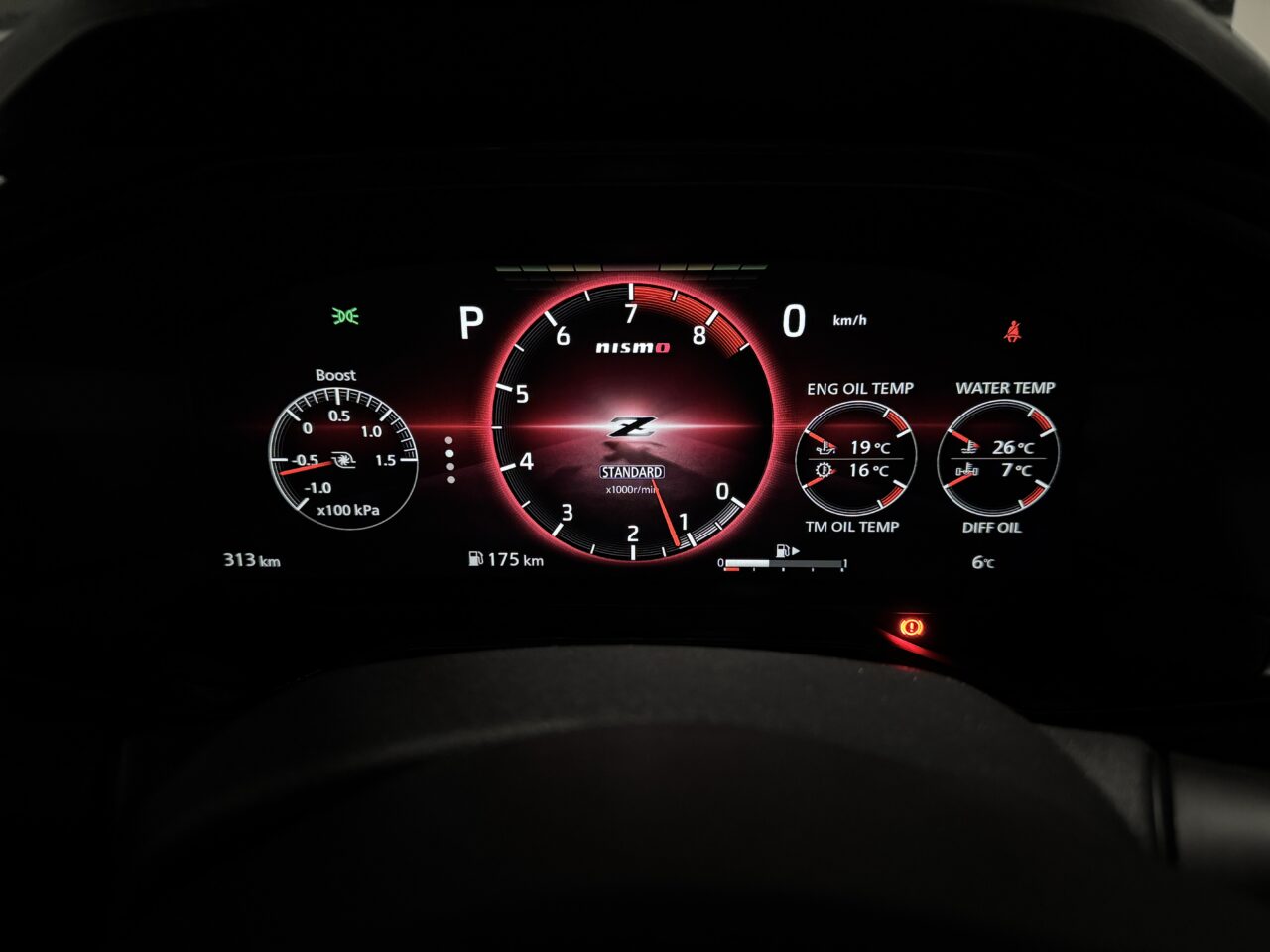
On the other hand, the 911 Carrera S and GTS within the 992 lineup have a unique acceleration feel where the revs climb exponentially at high RPMs, pulling strongly. Especially near the rev limit, these engines deliver a dramatic surge that creates a sensual driving experience.
In pure acceleration terms, the 911 S and GTS still have the edge, but in terms of feel, the base 911 Carrera (385 PS) is a close match or just slightly ahead. The Fairlady Z certainly doesn’t fall short.
An interesting point is how the rev limiter operates. The Fairlady Z’s limiter cuts sharply and abruptly when reached, whereas Porsche’s is controlled more smoothly. This difference, similar to the feel of ABS activation, reflects the finer control typical of German cars compared to Japanese ones. The Fairlady Z’s control feels a bit rougher, leaving room for improvement in refinement.
Traction and Handling – The Ease and Risks of Rear-Wheel Drive
One of the Fairlady Z’s most distinctive traits is its tendency for the rear wheels to lose traction easily.
You might think this is due to the different engine placement compared to Porsche, but that’s not entirely the case. Even compared to cars like the BMW M2, this sensation is noticeable.
Just lightly pressing the accelerator when leaving a parking spot can cause slight wheel spin, demanding skill and patience from the driver to control power. Reckless “launching” out of parking lots will easily cause the rear to slide and induce oversteer. In fact, there are overseas videos showing accidents where the rear breaks loose as easily as some supercars, like in this video.
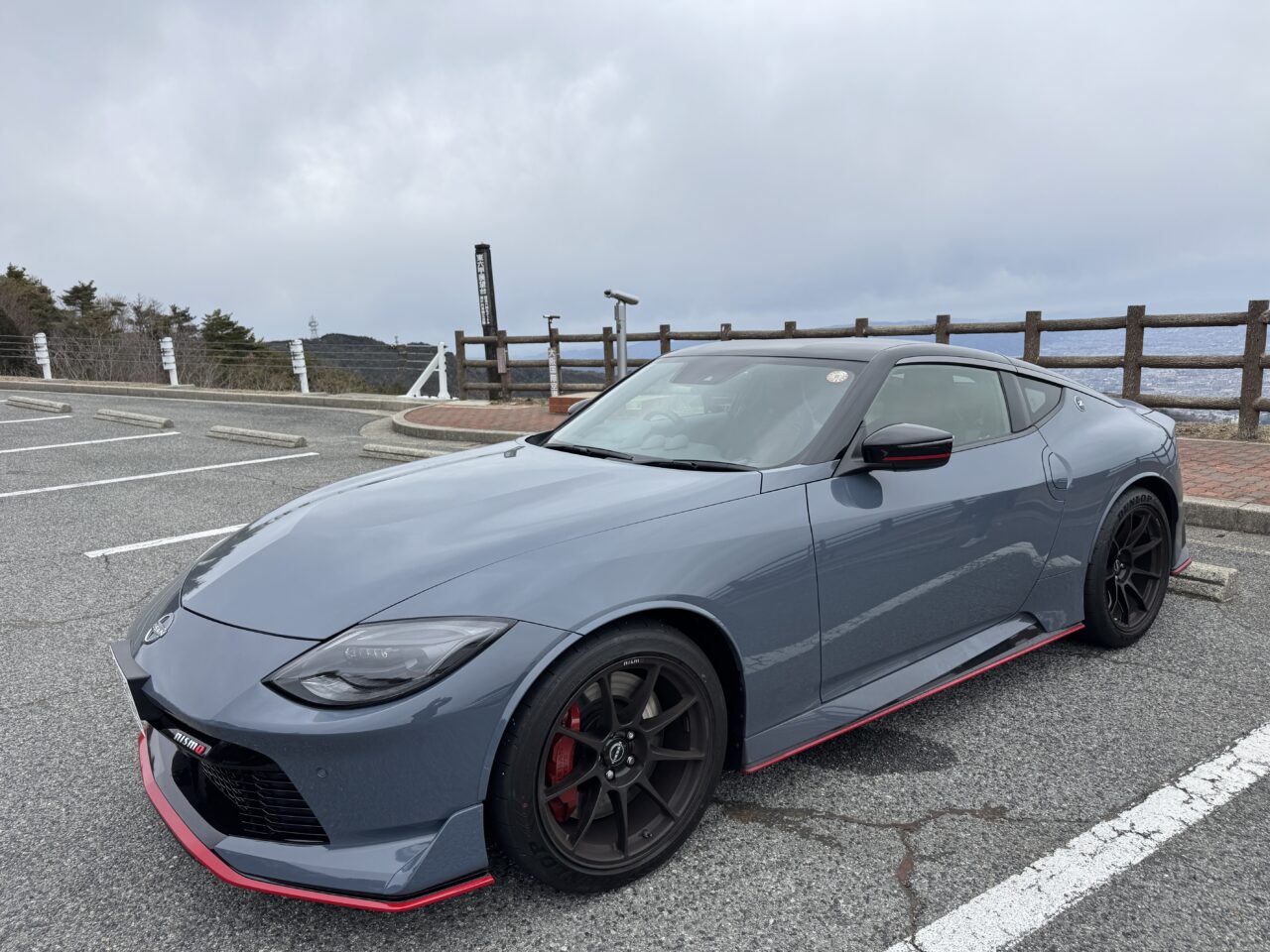
Regarding handling, when attacking corners with proper weight transfer, it can corner at quite high speeds. Its dynamic performance is at a high level.
However, as I’ve previously written, the suspension’s characteristic results in a notably harsh ride. It’s not so much stiffness, but the ride quality is poor.
Especially on city roads, the suspension struggles to settle over bumps, sometimes causing unease. The damping feels insufficient in many situations, and the adoption of electronically controlled dampers could have balanced a higher ride quality with excellent handling.
This difference in suspension quality is a major gap between the Fairlady Z and European sports cars, including Porsche. Even compared to non-PASM (electronic damper) Porsche models, or cars like BMW and the GR Supra, there’s still room for improvement in road contact feel and handling unity.
Transmission Responsiveness – Differences from Porsche’s PDK
The Fairlady Z’s automatic transmission feels slow to shift in normal mode.
Compared to Porsche’s PDK, it can feel twice as slow at times. This may be designed to prioritize smoothness in everyday driving, but sporty drivers might find it lacking.
However, switching to Sport or Sport Plus mode and once the transmission oil warms up, the shifts become crisper. Especially when using paddle shifters in manual mode, the responsiveness when warmed up stands out. Still, it can’t quite match the lightning-fast shifts of the PDK, but it’s certainly good enough to enjoy sporty driving.
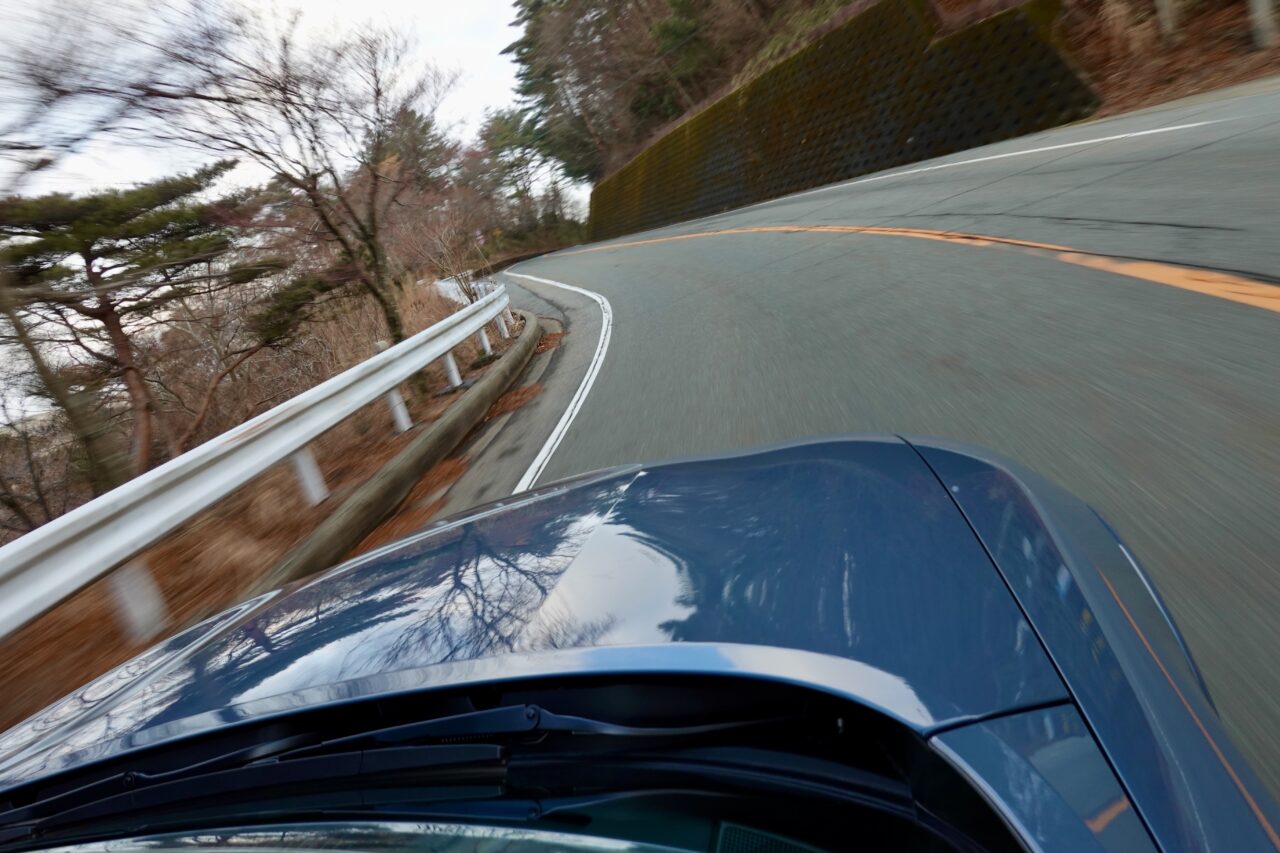
An interesting aspect is the compatibility between the engine characteristics and transmission.
The Fairlady Z’s smoothly revving engine blends well with slightly slower shifts. Meanwhile, Porsche’s flat-six has strong high-rev characteristics, and combined with the instantaneous shifts of the PDK, it creates that dramatic and powerful acceleration feel. These differences reflect each manufacturer’s philosophy and design approach for their powertrain systems.
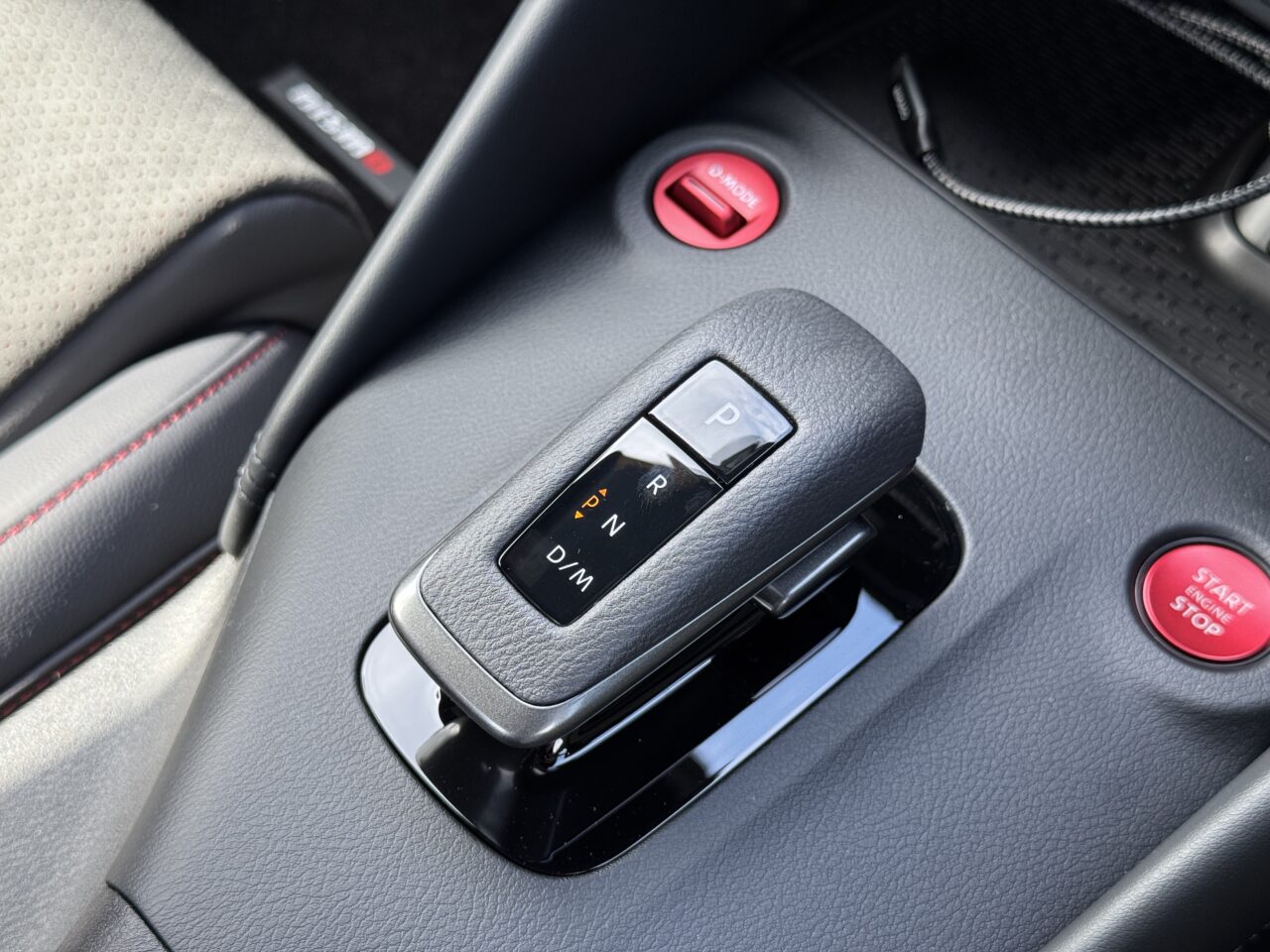
Everyday Practicality – Unexpected Comfort and Usability
While the Fairlady Z is often noted for its sporty performance, it surprisingly offers comfort and practicality for daily use.
First, the ride height is set relatively high, making parking without worrying about curbs or wheel stops a big practical advantage. Where you’d be cautious with a 911 or Cayman, the Fairlady Z is less of a concern.


There’s plenty of ground clearance, so bumpers and underbody rarely touch most wheel stops
Interior comfort is also notable.
The heater warms up quickly, making cold winter mornings comfortable right away. The infotainment system supports wireless Apple CarPlay, which is convenient and enhances everyday driving. The cabin is spacious, and the rear cargo space is designed for usability. Despite being a sports car, it handles daily shopping and short trips with ease.
The seats are Recaro-made, striking a perfect balance between support and comfort.
They reduce fatigue on long drives and firmly support the body during cornering. While the interior lacks some luxury feel, it scores highly in terms of functionality and comfort. If you can tolerate the harsh ride, the Fairlady Z NISMO is a sports car with excellent usability for daily driving.
Comparison with Porsche – Quality Differences with the Similarly Priced Cayman
Comparing the Fairlady Z with the similarly priced Porsche 718 Cayman reveals clear differences beyond pure speed.
These include driving feel, confidence, unity, road contact, and steering feedback — aspects that can’t be measured by numbers but define “refinement.” Especially the quality of road information transmitted through the steering and predictability of the car’s behavior are areas Porsche has honed over many years, where the Fairlady Z still lags behind.
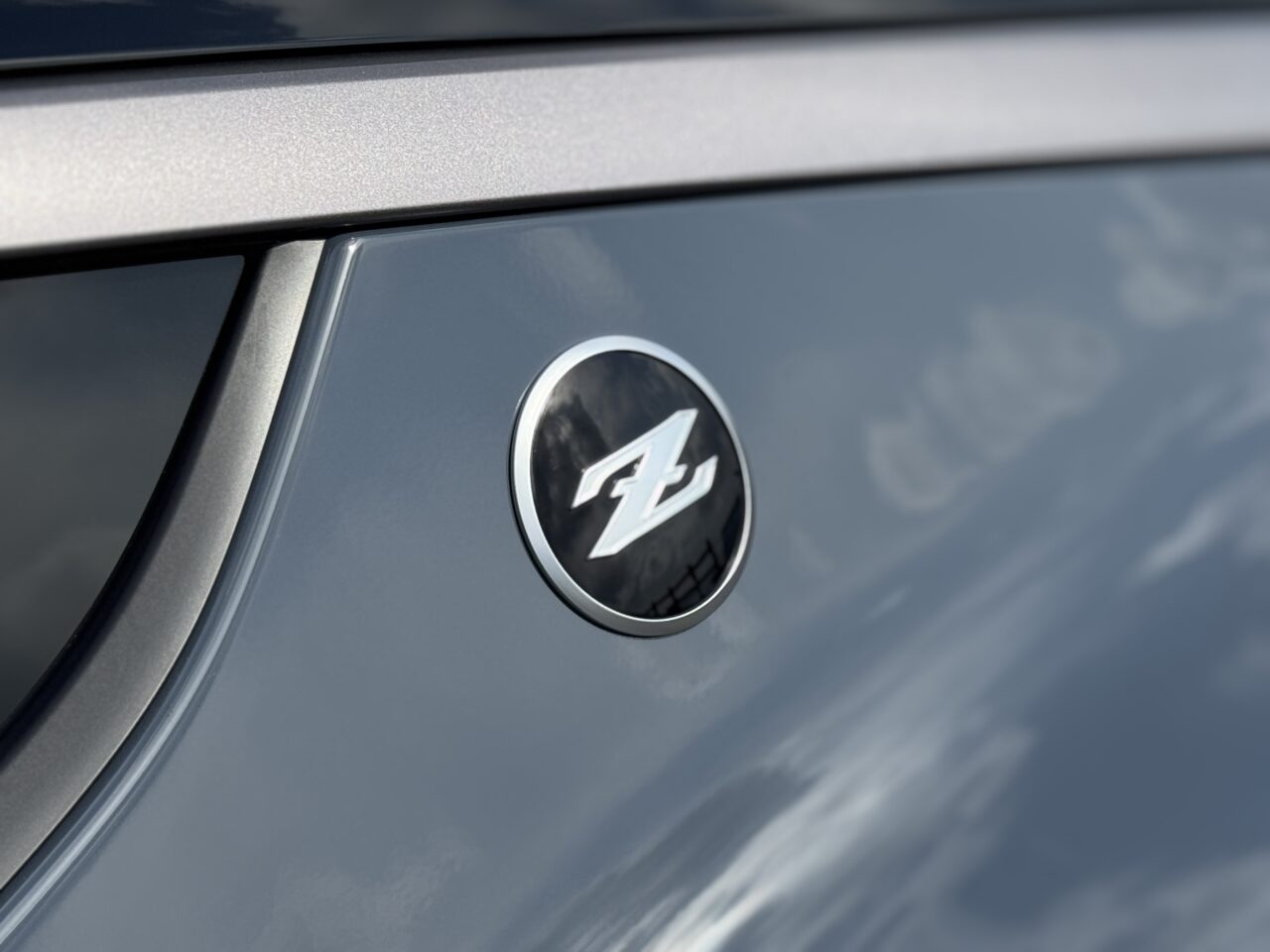
For example, the way weight transfers and behavior near the limits during cornering feel more delicate and trustworthy in the Cayman. The Fairlady Z is powerful and fun but still has room to improve in driver-car unity. This likely reflects differences in tuning philosophy and design approach, as well as the disparity in corporate culture and development resources between Nissan and Porsche.
However, the Fairlady Z scores very high in user satisfaction. If more investment had gone into the suspension, such as adding electronically controlled dampers, it could have been a more complete sports car. In that sense, it feels like it’s “one step away,” but it remains a valuable car that carries on Japan’s sports car culture.
Ultimately, it’s not about which is better between the Fairlady Z and Porsche, but recognizing that each offers distinct charms and driving experiences. The Fairlady Z embodies Japanese refinement and ease of use, while Porsche represents European precision and sensuality. Both approaches fully deliver the allure of a sports car.
Overall Impression – A Fairlady Z of Both Frustration and Charm
One month after delivery, the Fairlady Z’s characteristics and personality have become clearer.
It’s undoubtedly a sports car with many attractions: a powerful 420-horsepower engine, light revving feel, and high practicality for daily use. Nissan’s long heritage of the Z lineage is firmly carried forward with a modern interpretation.
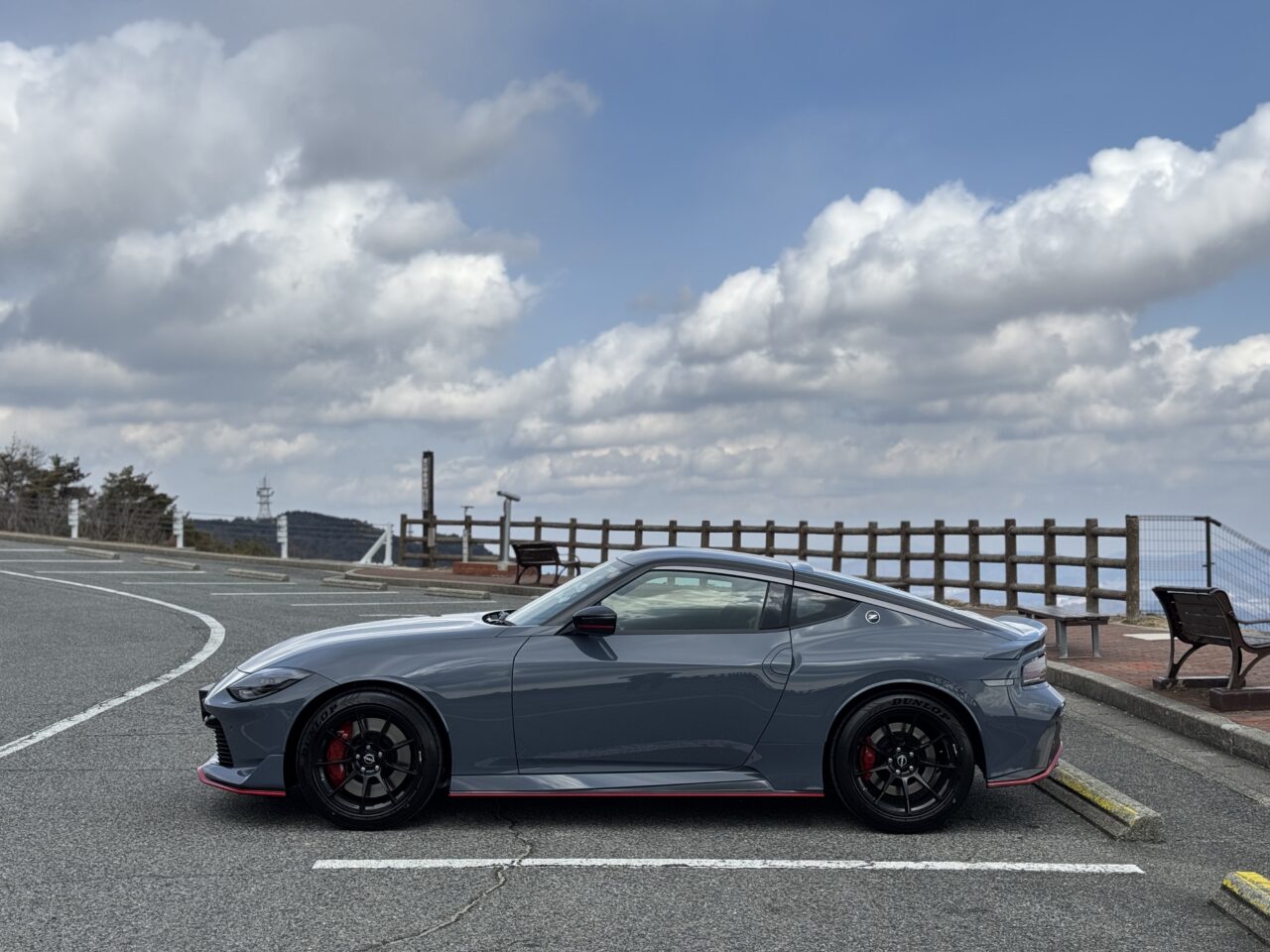
On the other hand, there’s room for improvement in rear-wheel traction, suspension damping characteristics, and transmission responsiveness. Especially the suspension is a pity, as a car near 10 million yen could have reached a higher level with electronic dampers. Compared to similarly priced Porsche Caymans, there’s an undeniable gap in driving quality and refinement.
Still, the Fairlady Z plays an important role in inheriting Japan’s sports car culture and offering accessible performance to many drivers. It’s not perfect, but its personality and charm are enough to capture the hearts of many.
Ultimately, choosing a car is not just about numbers or specs but about the match between car and driver and the kind of driving experience sought. The Fairlady Z is a very attractive choice for drivers seeking a powerful, easy-to-handle, and practical modern sports car. It’s a deep car where frustration and charm coexist.
このブログが気に入ったらフォローしてね!


Comment ( 0 )
Trackbacks are closed.
No comments yet.